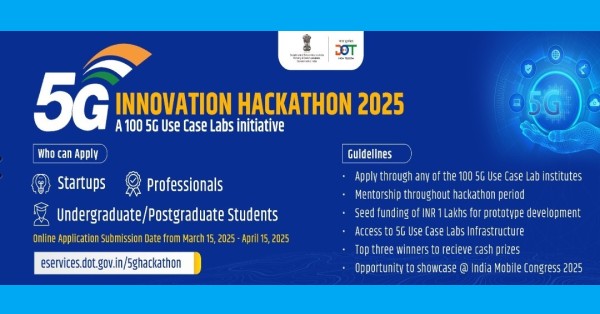AT&T has joined forces with AST SpaceMobile in a definitive commercial agreement to deploy a satellite-based broadband network connecting directly to everyday mobile phones. This innovative partnership, which was initially established in 2018 under a Memorandum of Understanding, is now cemented with a clear roadmap extending to 2030. The collaboration signifies a substantial leap forward in extending connectivity to consumers and businesses across the United States, making it possible for more people to stay connected, even in previously unreachable locations.
Satellite Launches by AST SpaceMobile to Improve Connectivity
This summer, AST SpaceMobile is set to send its first commercial satellites to Cape Canaveral for launch into low Earth orbit. These five pioneering satellites are crucial to initiating the commercial service, which has already achieved significant milestones in 2023, including the first space-based voice call, text, and video call conducted using regular smartphones. These milestones represent a major breakthrough in the use of satellite technology to enhance mobile connectivity and set the stage for broader service deployment.
AT&T and AST SpaceMobile Strengthen Partnership for Satellite Network
Chris Sambar, Head of Network at AT&T, is poised to join AST SpaceMobile’s board of directors, further solidifying AT&T’s role as a pivotal collaborator. Together, the two companies will focus on developing, testing, and refining this innovative technology, which is set to provide expansive satellite coverage across the continental U.S. This collaboration highlights AT&T’s commitment to leveraging cutting-edge technologies to improve network reach and reliability.
Expanding Satellite Connectivity to Rural and Remote Areas
Jeff McElfresh, Chief Operating Officer at AT&T, highlighted the strategic importance of this technology, noting that it is designed to integrate seamlessly with AT&T’s existing mobile network and extend services to previously unreachable locations. This integration represents a significant advancement in AT&T’s commitment to using emerging satellite technologies to expand consumer connectivity options. By bridging the gap between traditional mobile networks and satellite technology, AT&T aims to bring high-speed internet access to rural and remote areas, ensuring that all consumers can benefit from reliable connectivity.
Abel Avellan, Founder, Chairman, and CEO of AST SpaceMobile, expressed enthusiasm about the partnership’s potential to revolutionize cellular broadband access directly to smartphones nationwide. He emphasized the goal of delivering seamless, reliable service that transforms how people connect and access information, especially in remote and rural areas. This vision aligns with the broader mission of AST SpaceMobile to eliminate connectivity gaps and bring broadband access to the billions who remain unconnected.
Eliminating Connectivity Dead Zones with AT&T and AST SpaceMobile
This agreement is a crucial step in AT&T’s strategy to broaden its reach and eliminate connectivity dead zones. The satellite solution promises to bring reliable two-way connectivity to places like national parks, rural highways, and other challenging locations across the country, ensuring that more Americans can stay connected in more places. By addressing the persistent issue of dead zones, AT&T and AST SpaceMobile are paving the way for a future where seamless connectivity is available to everyone, regardless of location.
This partnership not only sets the stage for enhancing network coverage but also underscores AT&T’s leadership in leveraging satellite technology to provide innovative connectivity solutions. As the collaboration progresses, both companies are committed to pushing the boundaries of what is possible in mobile communications, making reliable connectivity a reality for all.




























